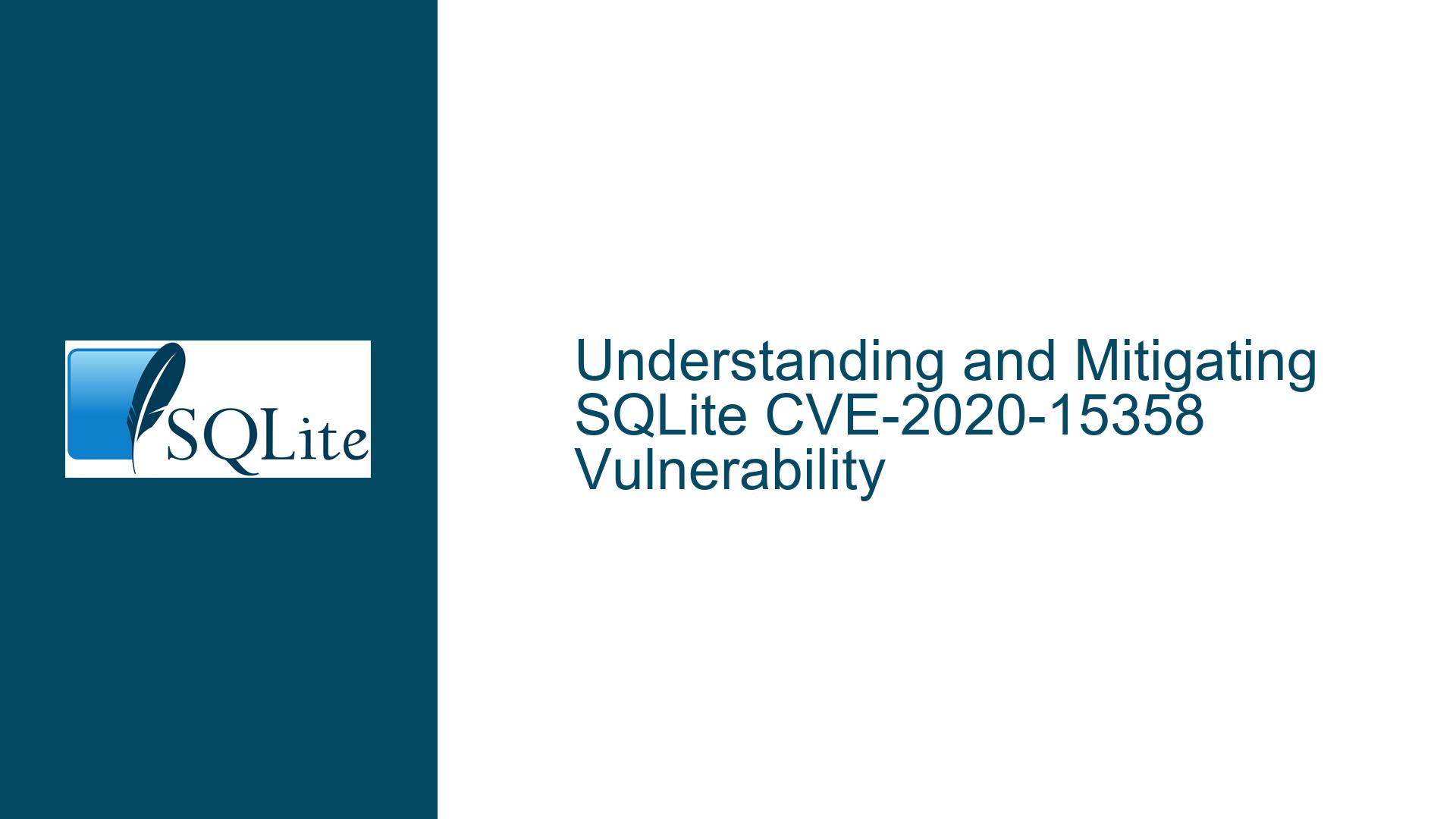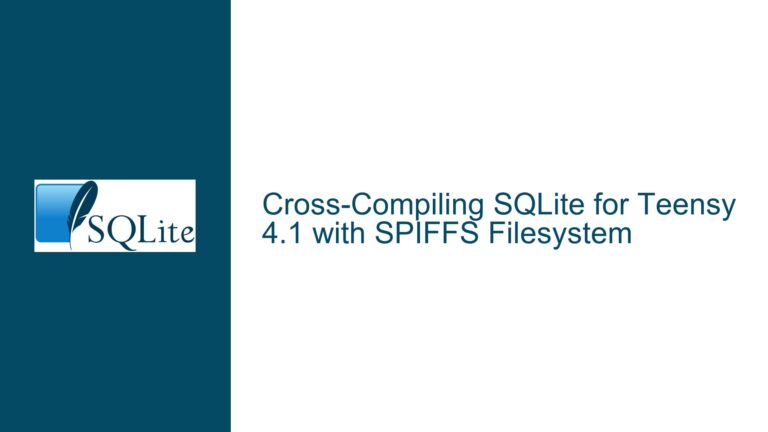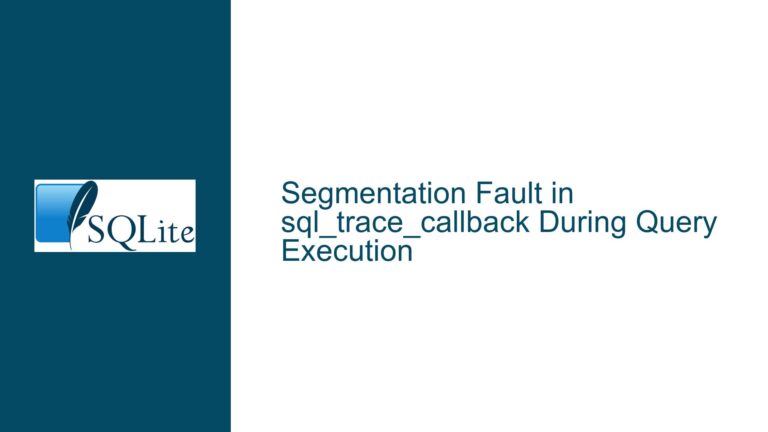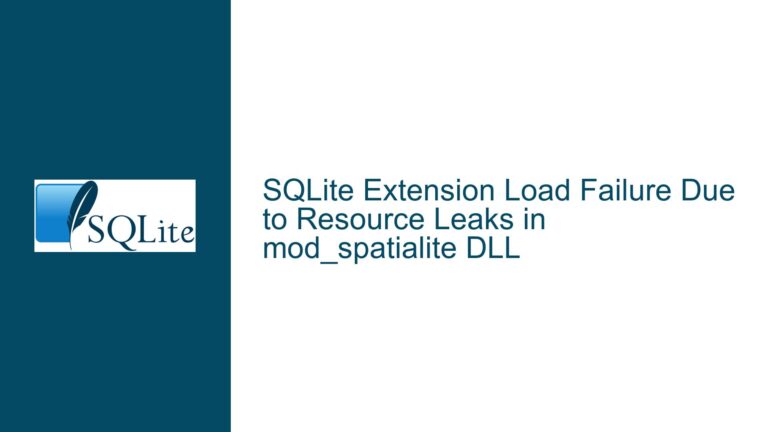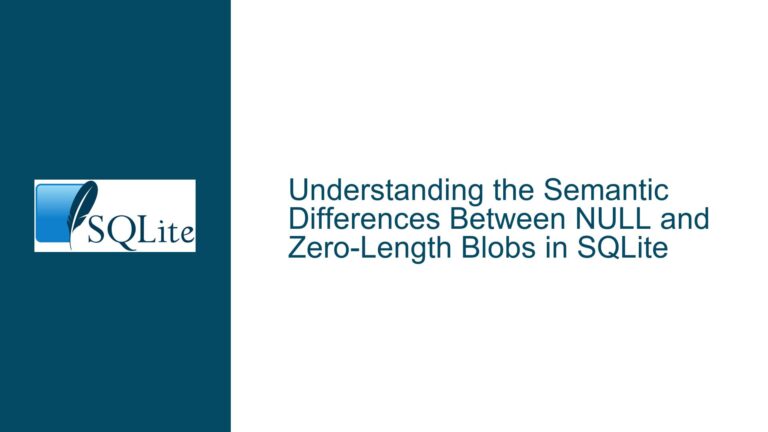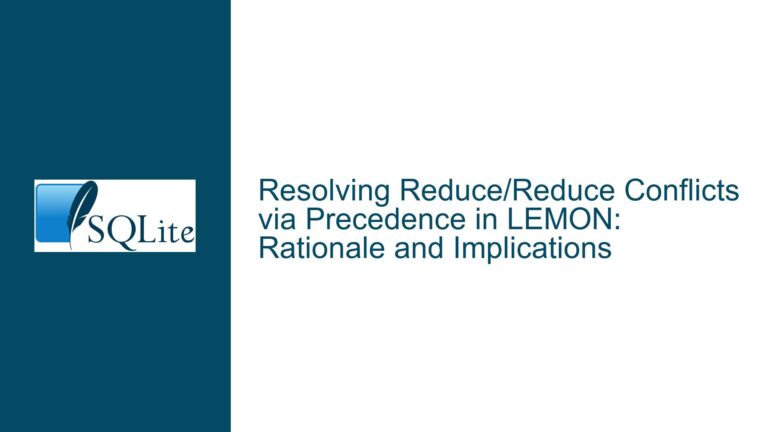and Mitigating SQLite CVE-2020-15358 Vulnerability
SQLite CVE-2020-15358: A Medium Severity Vulnerability in Versions Prior to 3.32.3
SQLite, a widely-used embedded database engine, has been subject to various security vulnerabilities over the years. One such vulnerability, identified as CVE-2020-15358, has been flagged as a medium severity issue with a CVSS score of 5.5. This vulnerability affects SQLite versions prior to 3.32.3 and has raised concerns among security teams, particularly those responsible for ensuring the integrity and security of applications relying on SQLite.
The core issue revolves around the potential for denial of service (DoS) attacks when malicious agents inject arbitrary SQL into an application. While the vulnerability does not allow for data exfiltration or unauthorized data modification, the possibility of a DoS attack is significant enough to warrant attention. The vulnerability was officially addressed in SQLite version 3.32.3, which was released on June 18, 2020. However, the discussion around this CVE has been muddled by claims that it is "fake news," primarily because it only manifests under specific conditions where SQL injection is already possible.
The confusion surrounding CVE-2020-15358 stems from the broader debate about the relevance and accuracy of CVEs in the context of SQLite. The SQLite development team has historically been skeptical of CVEs, arguing that they often misrepresent the actual risk and context of vulnerabilities. In this case, the team has clarified that the vulnerability is only exploitable if an application is already vulnerable to SQL injection, a condition that should be mitigated through proper application-level security practices.
Despite the controversy, the existence of CVE-2020-15358 highlights the importance of keeping software dependencies up to date and understanding the specific conditions under which vulnerabilities can be exploited. For organizations using SQLite, this means not only upgrading to version 3.32.3 or later but also ensuring that their applications are not susceptible to SQL injection attacks in the first place.
SQL Injection as the Root Cause of CVE-2020-15358 Exploitation
The primary cause of the CVE-2020-15358 vulnerability is the potential for SQL injection attacks. SQL injection is a well-known security flaw that occurs when an attacker is able to manipulate the SQL queries executed by an application. This can happen when user input is not properly sanitized or when queries are dynamically constructed using string concatenation without proper parameterization.
In the context of CVE-2020-15358, the vulnerability arises when an attacker injects malicious SQL code that causes the SQLite database engine to enter an infinite loop or consume excessive resources, leading to a denial of service. The specific mechanism involves the misuse of certain SQLite functions or constructs that can be exploited to trigger resource exhaustion. For example, an attacker might craft a query that causes SQLite to perform an excessive number of recursive operations or allocate an unbounded amount of memory.
The vulnerability is particularly concerning because it does not require the attacker to have direct access to the database or the underlying file system. Instead, it exploits the application’s interface to the database, which is often exposed to end-users or external systems. This makes it a relevant threat for web applications, mobile apps, and other software that interact with SQLite databases in a user-facing capacity.
It is important to note that the vulnerability is not inherent to SQLite itself but rather to the way it is used within an application. SQLite provides mechanisms to prevent SQL injection, such as prepared statements and parameterized queries, but it is ultimately the responsibility of the application developer to implement these safeguards. When these best practices are not followed, the application becomes susceptible to SQL injection, which in turn can lead to the exploitation of CVE-2020-15358.
The SQLite development team has emphasized that the vulnerability is not a flaw in the database engine but rather a consequence of improper usage. This distinction is crucial for understanding the true nature of the risk and for implementing effective mitigation strategies. By addressing the root cause of SQL injection, organizations can effectively neutralize the threat posed by CVE-2020-15358 and similar vulnerabilities.
Upgrading SQLite and Implementing SQL Injection Prevention Measures
The most straightforward solution to mitigate the risk associated with CVE-2020-15358 is to upgrade SQLite to version 3.32.3 or later. This version includes a fix for the vulnerability, ensuring that the database engine is no longer susceptible to the specific conditions that could lead to a denial of service. Upgrading SQLite is a relatively simple process, but it requires careful planning to avoid disruptions to existing applications.
To upgrade SQLite, follow these steps:
- Backup the Database: Before making any changes, create a backup of the existing SQLite database. This ensures that data can be restored in case of any issues during the upgrade process.
- Download the Latest Version: Obtain the latest version of SQLite from the official website or through your package manager. Ensure that the version is 3.32.3 or later.
- Replace the Existing Binary: Replace the existing SQLite binary with the new version. This may involve updating the binary in your application’s dependencies or replacing the system-wide SQLite installation.
- Test the Application: After upgrading, thoroughly test the application to ensure that it functions correctly with the new version of SQLite. Pay special attention to any custom SQL queries or database interactions that might be affected by changes in the database engine.
While upgrading SQLite addresses the immediate vulnerability, it is equally important to implement measures to prevent SQL injection attacks. SQL injection is a common attack vector that can lead to a wide range of security issues, including the exploitation of CVE-2020-15358. To mitigate this risk, follow these best practices:
- Use Prepared Statements: Prepared statements, also known as parameterized queries, ensure that user input is treated as data rather than executable code. This prevents attackers from injecting malicious SQL into queries.
- Validate and Sanitize Input: Always validate and sanitize user input to ensure that it conforms to expected formats and does not contain malicious content. This includes checking for SQL keywords and special characters that could be used in an injection attack.
- Implement Least Privilege: Restrict the permissions of the database user account used by the application. This limits the potential damage that can be caused by a successful SQL injection attack.
- Use ORM Libraries: Object-Relational Mapping (ORM) libraries can help abstract away raw SQL queries, reducing the risk of SQL injection. However, it is still important to use these libraries correctly and avoid dynamically constructing queries with user input.
- Regularly Update Dependencies: Keep all software dependencies, including SQLite and any libraries that interact with it, up to date. This ensures that known vulnerabilities are patched and reduces the risk of exploitation.
By combining these measures with the upgrade to SQLite 3.32.3 or later, organizations can effectively mitigate the risk posed by CVE-2020-15358 and enhance the overall security of their applications. It is also important to stay informed about new vulnerabilities and security best practices, as the threat landscape is constantly evolving.
In conclusion, while CVE-2020-15358 has been a source of controversy and confusion, it serves as a valuable reminder of the importance of secure coding practices and regular software updates. By understanding the root cause of the vulnerability and taking proactive steps to address it, organizations can protect their applications and data from potential threats.
